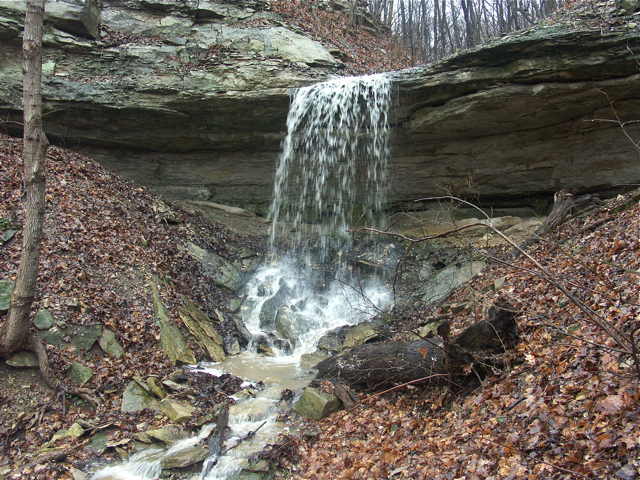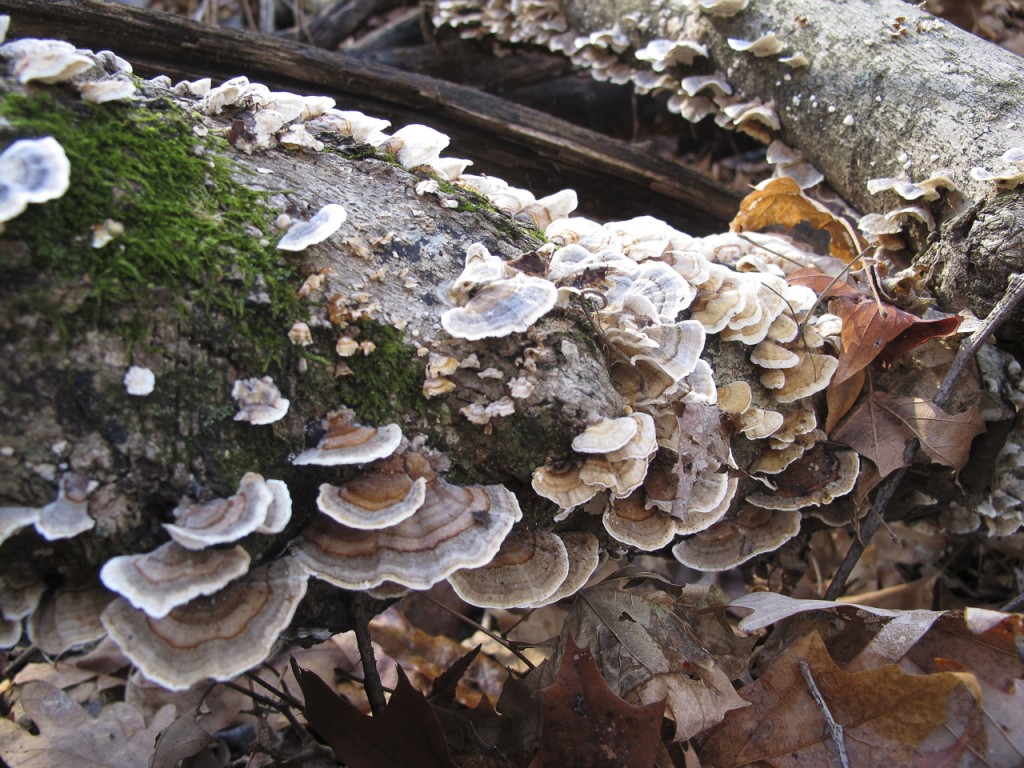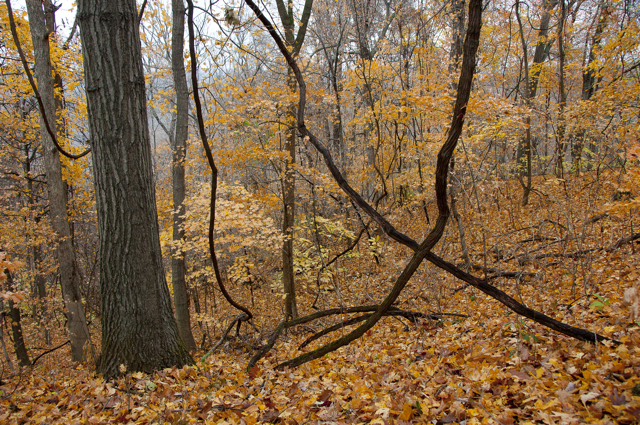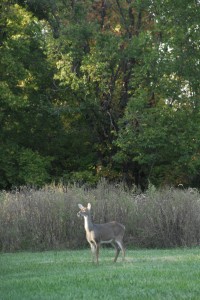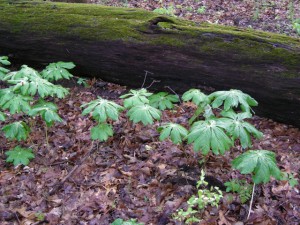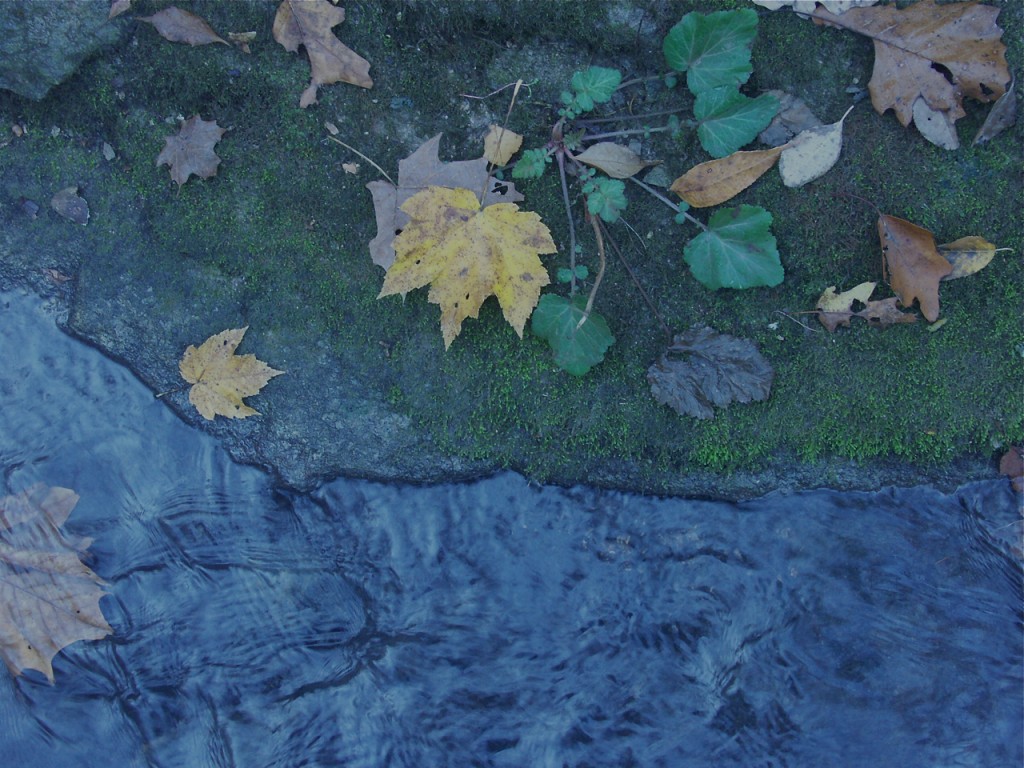Biological Diversity Serves Us!
Our Mississippi River bluff land corridor is one of the most diverse natural areas in Illinois. The corridor constitutes its own ecosystem– the Northern Ozark Natural Division– and stands on its own singular geologic formation — the Salem Plateau– both science-based measures of the region’s uniqueness in the state.
An ecosystem is simply the sum total of all living organisms in a specific place. An ecosystem survives on a nexus of interdependent biological networks and relationships, with each living organism gaining shelter and sustenance from its co-inhabitants. And each ecosystem contains distinctive biological features, with its own unique list of organisms providing mutual benefits to each other.
You can think of your body as an ecosystem. Each of us has about 180 different species of microbes (bacteria, fungi, amoebas and viruses) living on our skin, about 700 different species of microbes living in our mouths, and about 800 different species of microbes living in our intestines. The microbes provide life sustaining metabolic and biochemical services for us, while we, symbiotically, provide shelter and sustenance for these fellow travelers. The enduring strength of an ecosystem is built around this mutuality of services.
Our bluff land ecosystem provides us a wealth of such services. Wild game and mushroom foods, timber production, wood fuels and illusive patches of medicinal plants are obvious products of our forests’ bounty. But the bluff land’s huge forested landscape — one of the largest contiguous woodlands in the state– provides many additional services.
The forest canopy and soil microbes purify air by filtering particulates and providing chemical reaction sites where pollutants are detoxified. Forest canopy and leaf litter protect the soil surface from the erosive power of rain. Forest trees and other plants store carbon and help to slow the course of global heating by regulating localized climate. It’s a no brainer that on a sweltering summer day the bluff lands remain considerably cooler than surrounding urbanized areas.
Our forests also maintain the water cycle, bind soils and prevent erosion. Deeper pockets of forest soil assist in storing water; and, all the soils help purify ground water, acting as a massive filtration system.
The bluff lands’ expansive quantities of plant life, generated each year through the process of photosynthesis, produce massive amounts of energy, forming the basis of an interrelated food chain, which powers the ecosystem to provide additional ecological services. Critical nutrient cycling, flowering plant reliance on animal pollinators, and effective seed dispersal all depend on the mutual collaboration of biota within the ecosystem.
Our bluff lands ecosystem also provides intangible services to human residents on a psychological level. Outdoor recreation in the bluffs contributes to our physical well being, and the stunning viewscapes and beauty of many of our natural areas bring emotional satisfaction to many local residents.
Intriguing new studies indicate that a diversity-rich natural ecosystem also provides significant physical health benefits by reducing risk of transmission of some bacterial-caused diseases. Both Lyme disease and Ehrlichiosis (a newly-emerging human infection first described in 1990 and named for the German microbiologist Paul Ehrlich) are transmitted by ticks, and can cause symptoms ranging from a mild flu-like condition to serious long-term illness and, rarely, result in death. Both white-tailed deer and white-footed mice are the most common vectors of these diseases in the eastern U.S., a result of both species’ inherent ability to serve as “competent hosts” for both the disease-causing bacteria and to act as the most-frequent blood meals for the tick species that then transmit bacteria to eventual human hosts.
Ticks move through several larval stages during their lives, and, in each stage must have a blood meal to survive and grow. Disease-causing bacteria can be transmitted to ticks both through their mothers’ (that is, in the egg stage) or by taking a blood meal from another, already infected, animal.
As diversity declines the risk of encountering an infected tick rises, as recent studies done in the St. Louis area, and released in late 2010 in the Proceedings of the National Academy of Sciences shows. Bush honeysuckle creates a monoculture – the very opposite of diversity – that attracts both white-tailed deer and will support large populations of white-footed mice. A newly-hatched tick in a honeysuckle patch is far more likely to take its first blood meal from an animal already infected with either, or both, Lyme disease or Ehrlichiosis-causing bacteria.
Had the tick hatched within a native species rich area, the chance of its taking its first blood meal from a non-infected host, such as an opossum, raccoon, coyote, fox, or even a bird or turtle would be high. These animals apparently are “incompetent hosts” – perhaps by natural immunity to the disease-causing bacteria – and so act as buffers between humans and tick-borne disease. A healthy natural ecosystem, one with a high diversity of native species, serves to dilute the effects of disease transmission to us.
Moreover, the human-created honeysuckle monoculture works to harm us in further ways, as natural predators of white-footed mice – hawks, owls, coyotes and fox – and the human hunters of white-tailed deer cannot successfully seek their prey in the dense thickets. Tick-borne disease risk increases as natural biodiversity decreases.
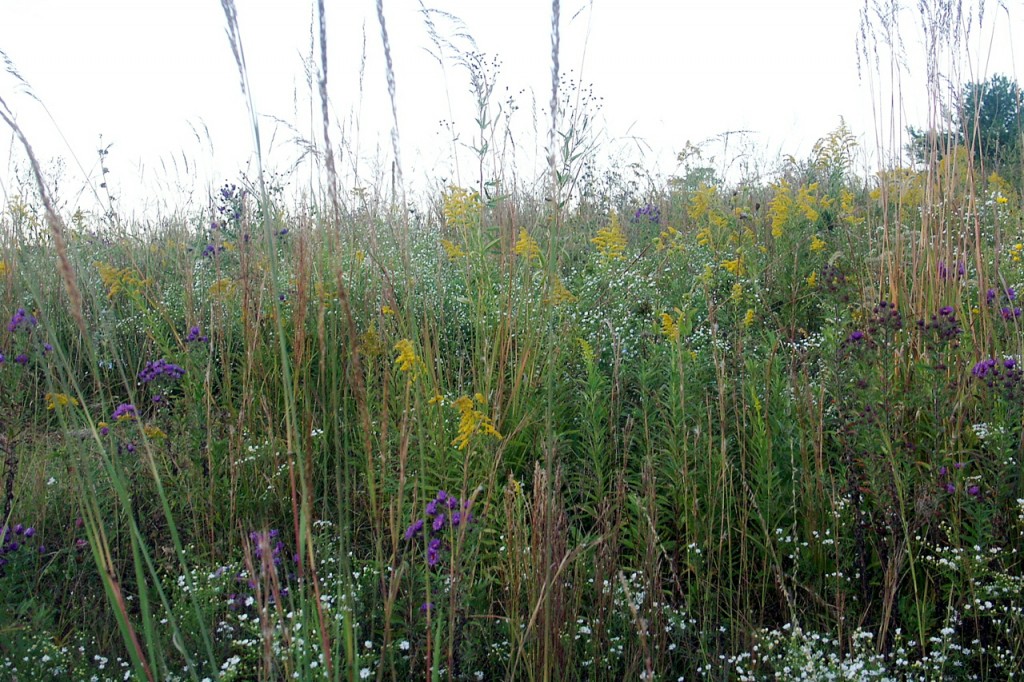
Dennis FitzWilliam, Clifftop. Native plant species diversity is critical for healthy habitats and, evidence increasingly shows, is crucial to OUR health, too,
A critical factor for the health and sustainability of our bluff land ecosystem is the biological native species diversity in the corridor. Native plant and animal species diversity acts as a kind of an insurance policy, with greater species numbers more resilient to stresses and disturbances in the ecosystem. The larger the number of native species means a greater capacity to self-sustain the system.
We know only a little about native species diversity in the bluff lands. Over the last decade natural history surveys in the bluff lands have cataloged 270 species of birds, about 700 species of plants, 46 species of mammals, 62 species of reptiles and amphibians, and almost 90 species of butterflies. But there is much, much more we don’t know.
Natural history records for the bluff lands, assembled over the last 150 years, indicate there should be about 1000 species of plants in the ecosystem. We don’t know how many of these species have died off or been supplanted by non-native species. We know almost nothing about insect life in the corridor. And we understand very little about non-flowering / non-vascular plant species (mosses, liverworts and fungi) in the region.
In an effort to fill in the gaps of what we don’t know, revalidate what we think we know, and have a little fun, a BioBlitz is coming to Valmeyer’s Salt Lick Point Land and Water Reserve.
From noon on Friday, 13 May, until noon on Saturday, 14 May, about 50 scientists and naturalists will identify and record as many plant and animal species as they can find as they scour Salt Lick’s 650-acre reserve. The scientists will be coming from the Illinois Natural History Survey at the University of Illinois, Eastern Illinois University, Southern Illinois University-Carbondale, Southern Illinois University-Edwardsville, Southwestern Illinois College, Southeast Missouri State University, The Illinois State Museum, the Illinois Department of Natural Resources, and the Missouri Department of Conservation, and will be joined by some of Illinois’ and Missouri’s best amateur naturalists.
On Saturday, 14 May, IDNR, the Salt Lick Point Stewardship Committee and Clifftop will co-host a nature festival at Borsch Park in Valmeyer, from 9 AM to 4 PM, to highlight the work of the BioBlitz and underscore the importance of conserving our precious natural areas. The festival will feature presentations and demonstrations by TreeHouse Wildlife Center, the World Bird Sanctuary, IDNR, and native plant sales by Missouri Wildflowers Nursery. A market place of nature-themed arts and crafts, food and bluegrass music by Cumberland Gap will be at the park.
During the BioBlitz, on Friday night and Saturday morning, special hikes will be conducted for the public to observe BioBlitz scientists at work. Mist-netting for bats, insect and mammal evidence – through collecting, scat and track analysis — and plant identification are among the myriad of activities involved in the BioBlitz.
Clifftop, a local nonprofit organization, is focused on preserving and protecting area bluff lands.
A version of this article appeared in the April 15 2011 edition of the Monroe County Independent.
© 2011 all content rights reserved, Clifftop NFP.
Comments are currently closed.

